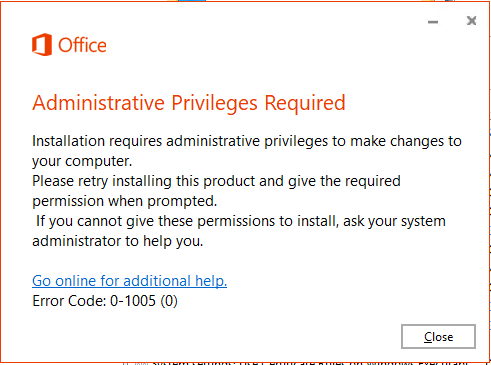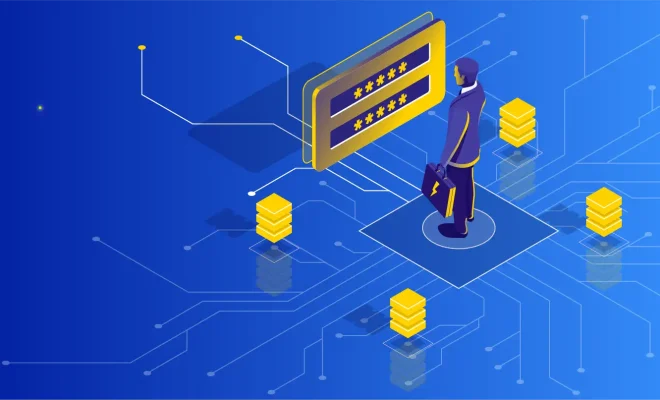What are Administrative Privileges?

Administrative privileges, also commonly referred to as admin rights, are permissions granted to users allowing them to access and modify system files, settings and configurations on a computer or network.
Administrative privileges are essential for users that need to make crucial changes within a computer system such as installing software, changing system configurations, or managing user accounts. While the privileges can come in handy for carrying out important tasks, they are also considered dangerous if granted to the wrong users.
One of the primary reasons why administrator privileges are considered dangerous is that they allow users to have access to sensitive system files that would otherwise be locked out to regular users. Such files include device drivers, system files, and registry entries, which if tampered with or changed can damage the system or result in unintended consequences.
Additionally, admin rights can be compromised by malware and hackers who may exploit security vulnerabilities in user systems to gain access to critical system files and cause harm to the computer or network.
To avoid such risks, system administrators will often assign administrative privileges to only a handful of users who have a specific need to perform essential tasks on the system. This can be done through the creation of different user accounts with varying levels of privileges.
In a business or organization, the IT department will establish strict access protocols, limiting administrative privileges to only top-level administrators. This is commonly called the principle of least privilege, where users are granted the lowest possible level of access needed to perform their job.
In conclusion, administrative privileges play a crucial role in computing as they allow users to make critical system changes, but they need to be handled with care. System administrators must closely monitor how administrative privileges are granted to ensure security and prevent unauthorized access to critical system files.






